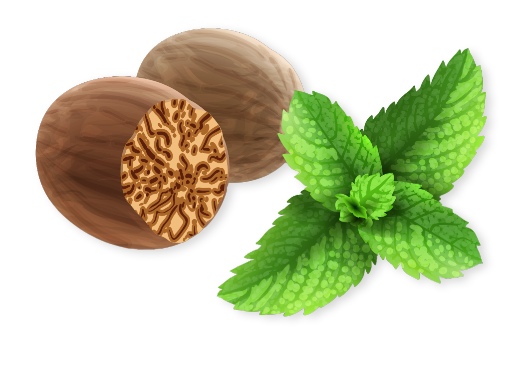How Many Types of Fistula Are There? A Detailed Overview
Tuesday, April 22, 2025A fistula is an abnormal tunnel or passage that forms between two internal organs, or between an internal organ and the skin. While fistulas can occur in various parts of the body, the most common and concerning one is fistula-in-ano, which affects the anal region. Understanding the different types of fistulas helps in identifying the condition accurately and choosing the most effective treatment.
Fistulas are generally classified based on their location, structure, and the organs they connect. The nature and severity of a fistula depend on how deep or branched the tract is and whether it passes through or around muscles, particularly in the anal region.
Common Classifications of Fistula
Fistulas can be broadly categorized into the following types based on the affected body system:
- Anal Fistula (Fistula-in-ano)
This is the most frequently encountered type in clinical practice. It forms between the inner lining of the anus or rectum and the skin around the anal opening. It is often the result of an untreated or inadequately drained abscess. - Arteriovenous Fistula
A direct connection between an artery and a vein, bypassing the capillaries. It may be congenital, surgically created (e.g., for dialysis), or the result of trauma. - Obstetric Fistula
Occurs between the vagina and rectum (rectovaginal), bladder (vesicovaginal), or urethra (urethrovaginal), typically after prolonged or obstructed labour. It can cause involuntary leakage of urine or stool. - Gastrointestinal Fistula
Forms between parts of the digestive tract, or between the digestive tract and the skin (enterocutaneous fistula). Common causes include inflammatory bowel disease, infections, or post-surgical complications. - Urinary Tract Fistula
Includes connections between the bladder and other organs like the uterus or bowel. These are often linked to surgical injury or chronic infections. - Bronchopleural Fistula
An abnormal opening between the airway (bronchi) and the pleural space around the lungs. It can arise after chest surgery, lung infections, or trauma.
While these are all important, in everyday practice — especially in proctology and Ayurveda — the most relevant are the types of anal fistulas.
Types of Anal Fistula Based on Anatomy
In the case of fistula-in-ano, the classification is based on the relationship of the fistula tract with the sphincter muscles:
| Type | Description |
| Intersphincteric | The tract runs between the internal and external sphincter muscles |
| Transsphincteric | Passes through both sphincter muscles, extending from the internal opening |
| Suprasphincteric | Originates in the intersphincteric space and arches over the puborectalis muscle |
| Extrasphincteric | Extends from the rectum and bypasses the sphincter complex, often due to trauma |
| Superficial | A low-level tract that lies just beneath the skin without involving the muscle |
This classification not only helps in identifying the severity but also guides the choice of treatment. For instance, complex fistulas like suprasphincteric or extrasphincteric ones may need more advanced procedures compared to superficial or intersphincteric types.
High vs. Low Fistula
Apart from the structural classification, fistulas are also divided based on the level of involvement:
- Low fistulas: Involve less muscle tissue and are easier to treat with minimal risk of incontinence.
- High fistulas: Cross through more muscle layers and often require complex surgical management.
Internal vs. External Opening
Every fistula has two ends:
- Internal opening: Usually located in the anal canal
- External opening: Visible on the skin near the anus
The complexity increases with multiple external openings or branching tracts.
Can Fistula Types Be Determined Without Tests?
A clinical examination by a specialist may help identify the likely type of fistula. However, for complex or deep tracts, imaging tools like MRI fistulography or endoanal ultrasound are often used to map the tract accurately. This helps prevent incomplete treatment or recurrence.
Ayurvedic Perspective on Fistula Classification
Treatments like Kshara Sutra therapy — an Ayurvedic para-surgical method — are chosen based on the type and depth of the fistula tract. By combining medicated herbal threads, dietary modifications, and detoxification practices, this method supports healing while preserving anal sphincter integrity and minimizing recurrence.
There are several types of fistulas, ranging from simple superficial tracts to deep, branching ones that require comprehensive care. Understanding the type of fistula is crucial for proper diagnosis, planning the right treatment, and preventing recurrence. Whether approached through conventional medicine or supported by traditional Ayurvedic therapies, personalized care based on the specific fistula type remains the cornerstone of effective healing.
You can write to us.
BOOK APPOINTMENT



























